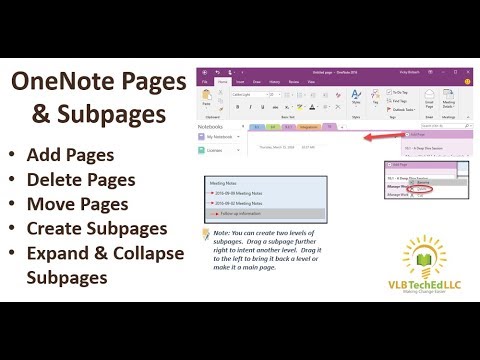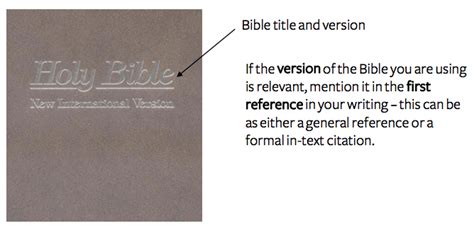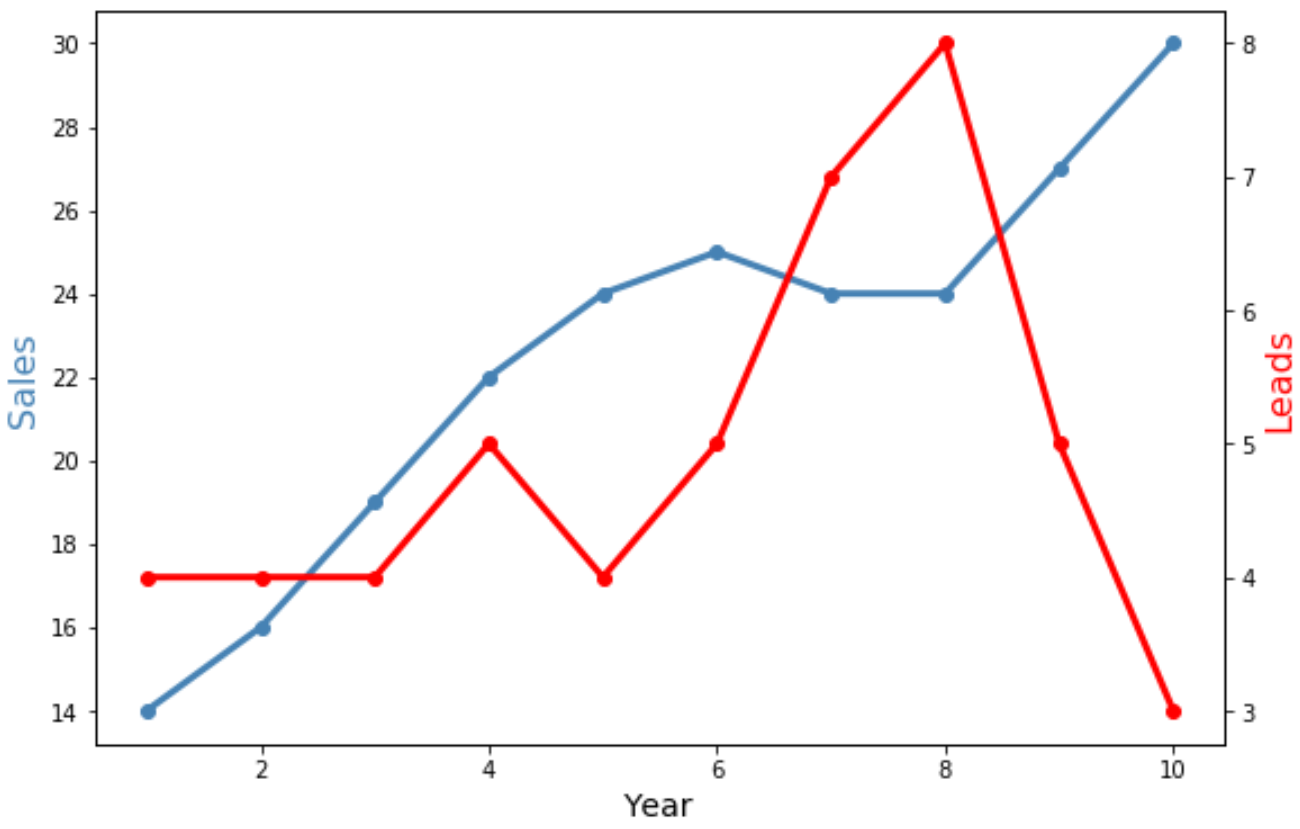Fix iPhone iCloud Sync Issues: 4 Simple Tips
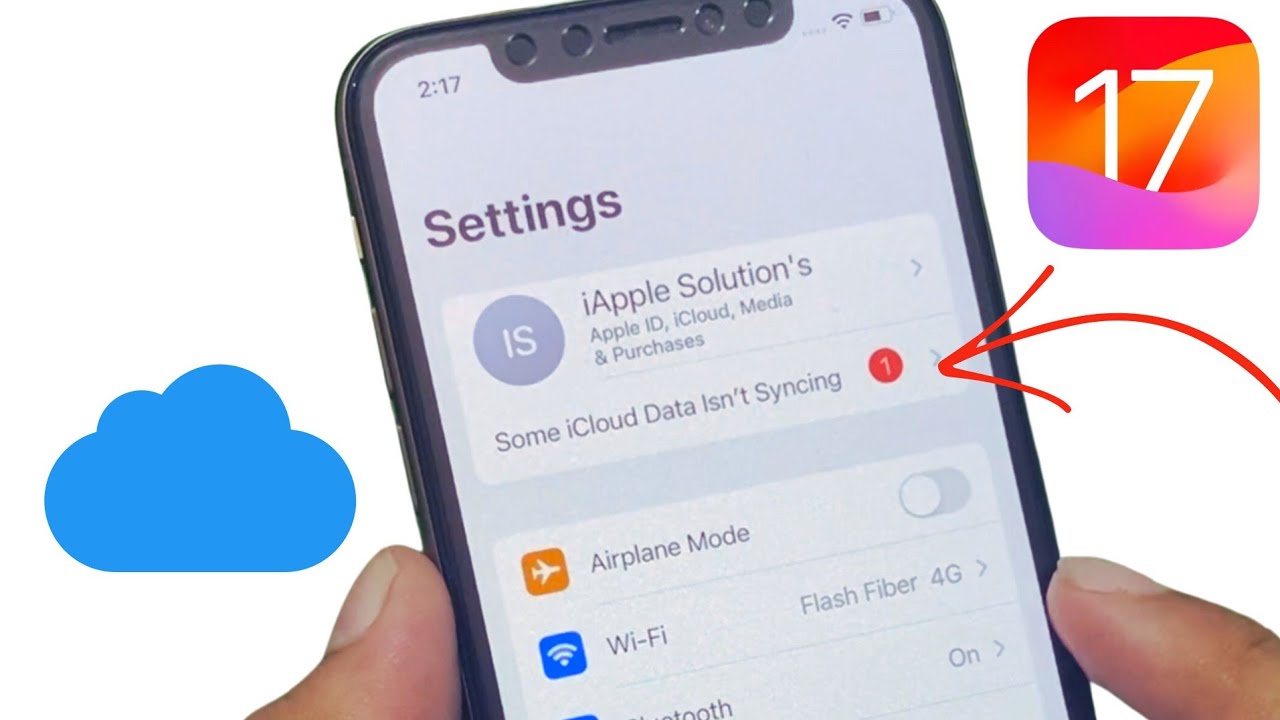
Apple's iCloud service is a powerful tool that allows iPhone users to seamlessly sync their data across devices, ensuring a consistent and convenient experience. However, issues with iCloud sync can be frustrating and leave users struggling to access their important files and settings. In this article, we will delve into the world of iCloud sync, exploring the common problems users face and providing four simple yet effective tips to resolve these issues. By the end, you'll have the knowledge and confidence to tackle any iCloud sync problems that may arise.
Understanding iCloud Sync: A Brief Overview
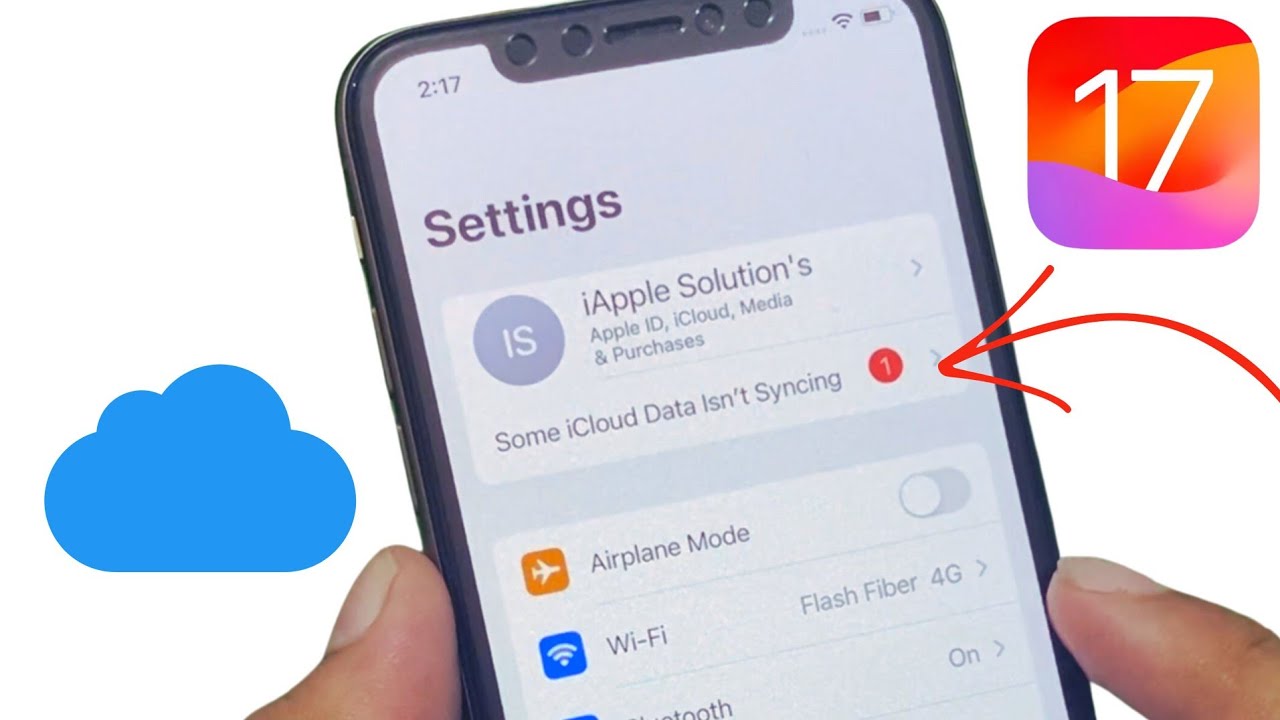
iCloud sync is a feature designed to keep your iPhone, iPad, and other Apple devices in sync, ensuring that your data, preferences, and settings are always up-to-date and accessible. This service is integral to the Apple ecosystem, offering a seamless experience across multiple devices. Whether it’s your contacts, calendars, photos, or even your entire device setup, iCloud sync aims to make your life easier by automatically keeping everything in order.
However, despite its many benefits, iCloud sync can encounter various issues, leaving users with incomplete or outdated data, missing files, or even worse, no access to their crucial information. These problems can range from simple connectivity issues to more complex synchronization errors. Understanding the root causes of these issues is the first step towards finding effective solutions.
Tip 1: Check Your Internet Connection
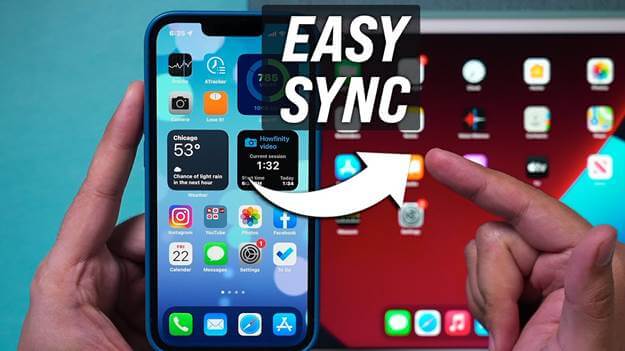
A stable and reliable internet connection is the foundation of a smooth iCloud sync experience. Often, the simplest solution to iCloud sync issues is to ensure that your device is connected to a strong and consistent Wi-Fi network. Here’s a step-by-step guide to verify and optimize your internet connection:
- Ensure your iPhone is connected to a stable Wi-Fi network. You can check this by opening the Settings app and selecting Wi-Fi. Make sure the network you're connected to has a strong signal and no connectivity issues.
- If you're experiencing slow speeds or frequent disconnections, try restarting your router. Sometimes, a simple reboot can resolve network-related issues.
- Consider using a different Wi-Fi network or, if possible, connect your iPhone directly to your modem via an Ethernet cable. This can help eliminate potential issues with your home network setup.
- If you're still having trouble, try using a cellular data connection. This can help diagnose whether the issue is with your Wi-Fi network or with iCloud itself.
Advanced Troubleshooting: Network Diagnostics
If basic connection checks don’t resolve the issue, you can dive deeper into network diagnostics. Apple provides a Network Diagnostics tool within the Settings app. Here’s how to access and use it:
- Open the Settings app and scroll down to General.
- Select About and scroll to the bottom of the page.
- Tap Diagnostics & Usage and then Network Diagnostics.
- Follow the on-screen instructions to run a series of tests. These tests can help identify and troubleshoot various network-related issues.
Tip 2: Optimize iCloud Storage and Backup
iCloud storage and backup play a crucial role in sync efficiency. If your iCloud storage is full or nearly full, it can cause sync issues. Additionally, optimizing your backup settings can ensure that only essential data is synced, reducing the load on iCloud and potentially improving sync speed and reliability.
Managing iCloud Storage
To ensure your iCloud storage is well-managed and doesn’t cause sync problems:
- Open the Settings app and tap on your Apple ID at the top.
- Select iCloud and scroll down to Manage Storage.
- Review the storage usage for each app or service. You can see which apps are using the most space and decide if you need to reduce the amount of data stored in iCloud.
- Consider offloading or deleting data from iCloud if you're close to your storage limit. You can also upgrade your iCloud storage plan if needed.
Optimizing iCloud Backup
iCloud backup can be a resource-intensive process, especially if you have a large amount of data. Here’s how to optimize your backup settings:
- Open the Settings app and navigate to iCloud.
- Tap iCloud Backup and ensure it's turned on.
- Review the backup options and select only the data you need to be backed up. For example, you might not need to back up every photo or every app data.
- Consider setting up a regular backup schedule during off-peak hours to avoid using too much bandwidth during peak hours.
Tip 3: Reset Sync Settings and Re-enable iCloud Sync
Sometimes, the best solution is to start fresh. Resetting your sync settings and re-enabling iCloud sync can help resolve persistent issues. Here’s a guide to performing this process:
- Open the Settings app and tap on your Apple ID at the top.
- Select iCloud and scroll down to Reset.
- Choose Reset Sync Data. This will reset all sync settings to their default state.
- Once the reset is complete, re-enable iCloud sync for the specific data types you need. You can do this by toggling the switches next to each data type under iCloud in the Settings app.
Advanced Tip: Re-create Your iCloud Account
In rare cases, issues with iCloud sync may be related to your iCloud account itself. If you’ve tried all the above steps and are still experiencing problems, consider re-creating your iCloud account. Here’s how:
- Open the Settings app and tap on your Apple ID at the top.
- Scroll down and select Sign Out.
- Follow the prompts to sign out of your iCloud account.
- Once signed out, go back to the Settings app and tap Sign in to Your iPhone.
- Enter your Apple ID and password to re-create your iCloud account.
- After signing in, re-enable iCloud sync for the necessary data types as described above.
Tip 4: Contact Apple Support for Advanced Troubleshooting
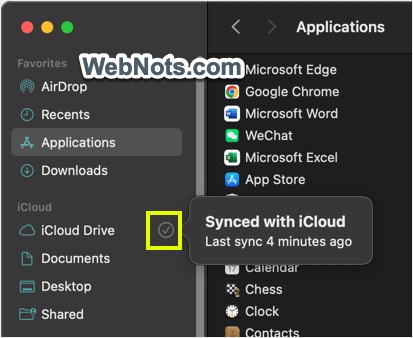
If none of the above tips resolve your iCloud sync issues, it’s time to seek expert help. Apple offers a range of support options, including online resources, community forums, and direct contact with Apple Support specialists.
Online Resources and Community Forums
Apple provides extensive online resources and community forums where you can find answers to common iCloud sync issues. Here are some useful links:
- Apple Support: iCloud Basics
- Apple Support: Using iCloud for Windows
- Apple Support: iCloud storage plans and pricing
- Apple Support: Resetting sync data on your iPhone, iPad, or iPod touch
These resources can provide detailed information and step-by-step guides to help you troubleshoot iCloud sync issues. Additionally, community forums like Apple Support Communities can be a great place to seek advice and share experiences with other users.
Contacting Apple Support Specialists
If you’ve exhausted all other options and still need assistance, Apple Support specialists are available to provide personalized help. You can contact them via phone, chat, or email. Here’s how to reach them:
- Visit the Apple Support Contact page.
- Select your device and the issue you're facing.
- Choose the contact method that works best for you: phone, chat, or email.
- Follow the prompts to connect with an Apple Support specialist.
Apple Support specialists are highly trained and can provide advanced troubleshooting and guidance to resolve complex iCloud sync issues.
Conclusion: Keeping Your iCloud Sync Healthy
iCloud sync is a powerful feature that enhances the Apple user experience, but it’s not without its challenges. By following the four simple tips outlined in this article, you can troubleshoot and resolve many common iCloud sync issues. Remember to start with basic checks like internet connection and iCloud storage, and gradually move to more advanced solutions like resetting sync settings or seeking expert help from Apple Support.
With a well-maintained iCloud sync, you can enjoy the convenience of seamless data synchronization across your Apple devices. Keep your iCloud account healthy, and your data will always be where you need it, when you need it.
What if I can’t connect to Wi-Fi, even after trying the basic troubleshooting steps?
+If you’re unable to connect to Wi-Fi, it’s possible that there’s an issue with your network settings or hardware. Try restarting your iPhone and router, and if the problem persists, contact your internet service provider for further assistance.
Can I use a different cloud storage service instead of iCloud?
+Yes, you can use alternative cloud storage services like Google Drive or Dropbox. However, keep in mind that using a different service may require additional setup and may not offer the same seamless integration as iCloud within the Apple ecosystem.
How often should I back up my iPhone to iCloud?
+It’s recommended to back up your iPhone regularly, especially before making significant changes or updates. A weekly backup schedule is a good practice to ensure your data is always protected. You can also set up automatic backups to occur daily or weekly.
What should I do if I accidentally delete important data from iCloud?
+If you’ve accidentally deleted data from iCloud, check your recently deleted items. For example, in the Photos app, you can find the Recently Deleted album, where items are stored for 30 days before permanent deletion. If you can’t find the data in recently deleted items, contact Apple Support for further assistance.
